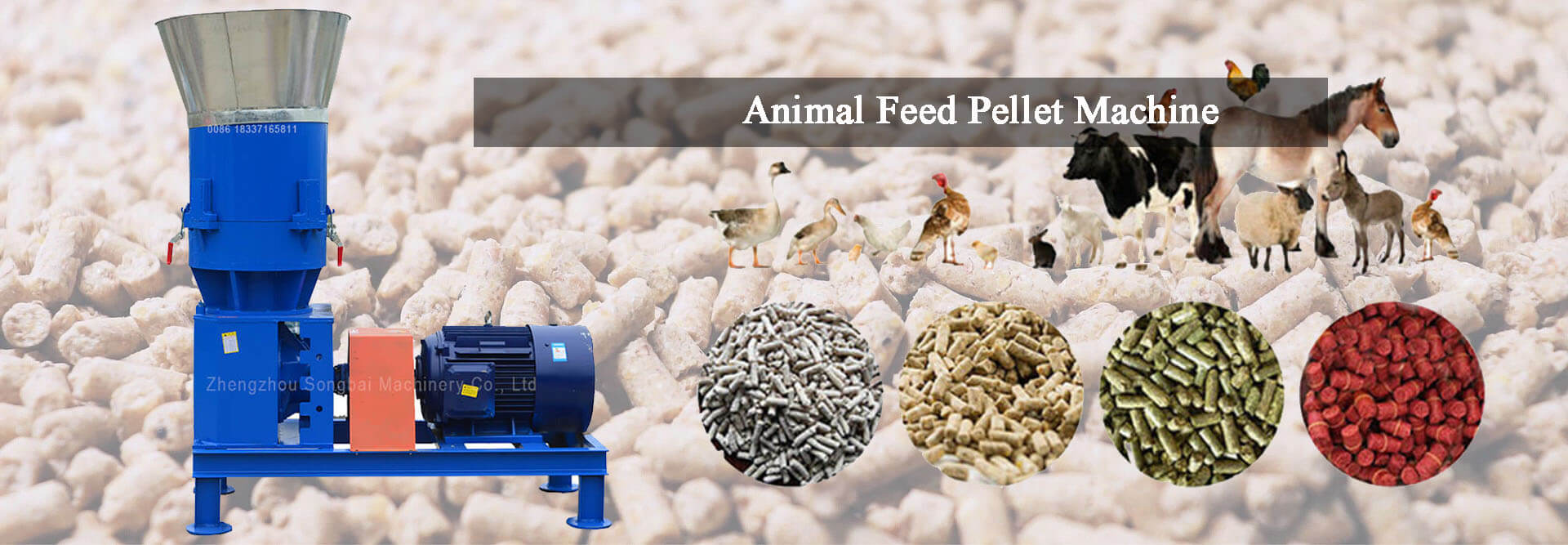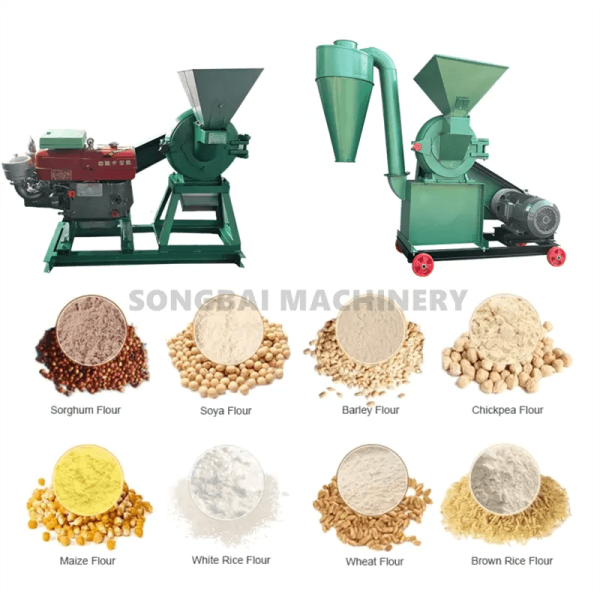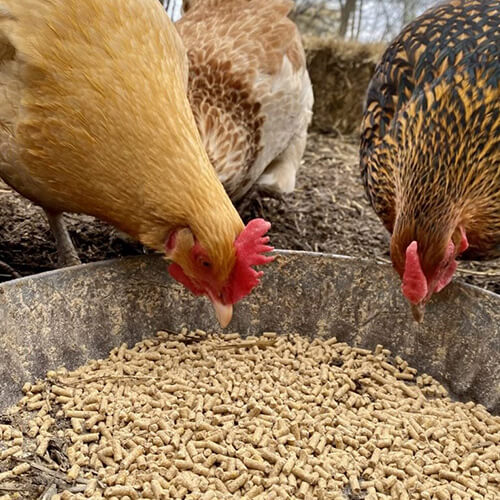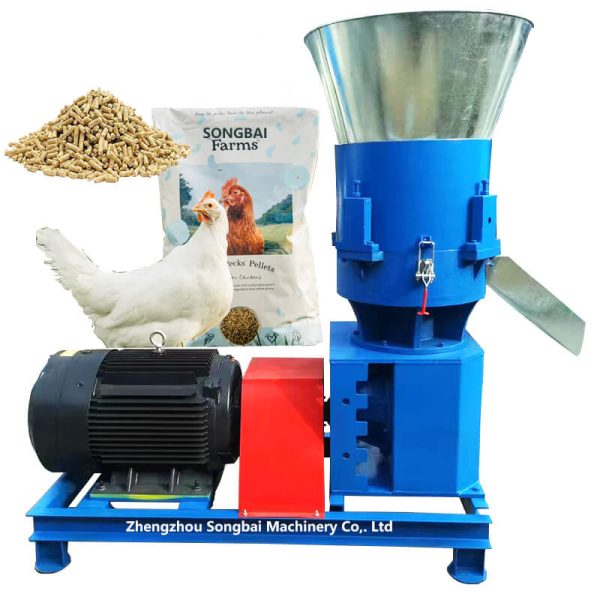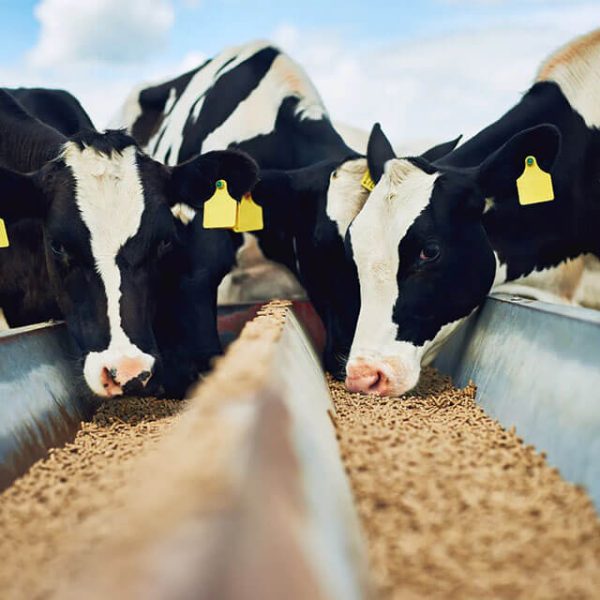The Role of Chicken Feed in Poultry Production
Chicken feed is a critical component of poultry farming, directly impacting the growth rate, health, and egg production of chickens. Traditionally, chicken feed has been composed of grains like wheat, corn, and soybeans, which provide essential nutrients such as carbohydrates, proteins, and fats. However, the reliance on these conventional feed ingredients has raised concerns about sustainability and competition with human food resources.
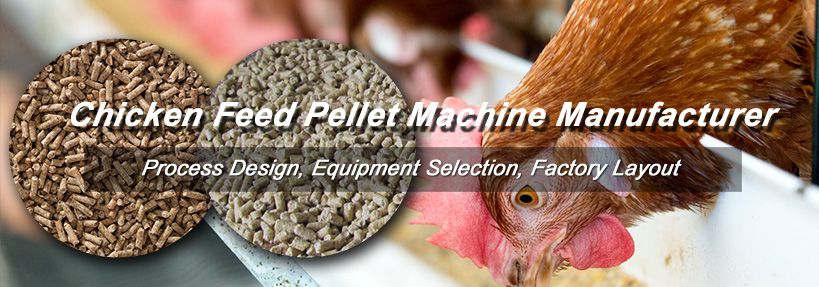
Sustainable Alternatives: Insect-Based Feed
One of the most promising innovations in chicken feed is the use of insect-based proteins. Insects such as black soldier fly larvae, mealworms, and crickets are being explored as alternative protein sources due to their high nutritional value and low environmental impact. Insect farming requires less land, water, and feed compared to traditional livestock, making it a sustainable option for poultry nutrition.
Research has shown that insect-based feed can meet the nutritional requirements of poultry, providing essential amino acids and bioactive compounds that enhance growth and health. Moreover, insects can be reared on organic waste, contributing to waste reduction and resource recycling. This approach not only addresses the feed-food competition but also supports circular economy principles.
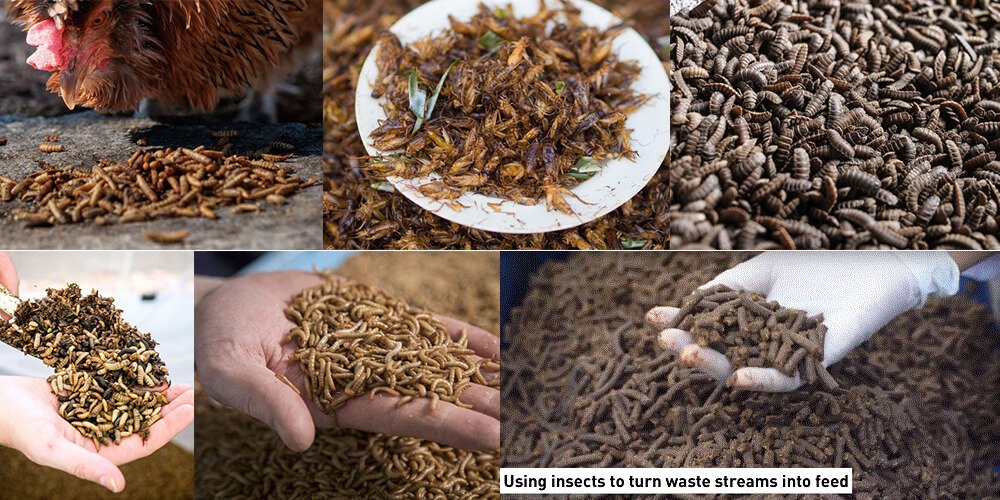
Plant-Based Additives and Probiotics
In addition to insect-based proteins, plant extracts and probiotics are gaining attention as feed additives. Plant extracts such as oregano, thyme, and garlic have been found to possess antimicrobial properties, which can improve gut health and reduce the need for antibiotics in poultry farming. Probiotics, on the other hand, promote a healthy gut microbiota, enhancing nutrient absorption and immune function.
The integration of these natural additives into chicken feed aligns with consumer demand for antibiotic-free poultry products and supports the overall health and welfare of the birds. By improving gut health, these additives can also enhance feed efficiency, leading to better growth rates and productivity.
Technological Advances in Chicken Feed Formulation
The formulation of chicken feed has evolved significantly with the advent of technology. Considering nutritional requirements and cost-effectiveness, optimizing feed formulation can consider advanced modeling techniques (e.g. linear and non-linear programming). These models consider various factors, including bird genetics, environmental conditions, and ingredient availability, to develop feed that maximizes growth and profitability.
Moreover, the use of precision feeding technologies allows for real-time monitoring and adjustment of feed intake, ensuring that chickens receive the optimal amount of nutrients. This approach minimizes waste and reduces feeding costs, contributing to the economic sustainability of poultry operations.
(How to Make Chicken Feed Pellets)
Challenges and Future Directions
Despite the promising advancements in chicken feed, several challenges remain. The scalability of insect farming and the regulatory approval of novel feed ingredients are critical hurdles. Additionally, the acceptance of alternative feed sources by farmers and consumers is essential for widespread adoption.
Future research should focus on improving the efficiency of insect farming, exploring new plant-based additives, and developing comprehensive models that integrate environmental, economic, and nutritional factors. Collaboration between researchers, industry stakeholders, and policymakers will be crucial in driving innovation and ensuring the sustainability of poultry production.
Conclusion
The innovation in chicken feed is a pivotal aspect of sustainable poultry production. By embracing alternative protein sources, natural additives, and advanced technologies, the poultry industry can enhance productivity while minimizing environmental impact. As the global demand for poultry products continues to rise, these innovations will play a vital role in meeting the challenges of food security and sustainability. Through continued research and collaboration, the future of chicken feed holds the promise of a more sustainable and efficient poultry industry.
